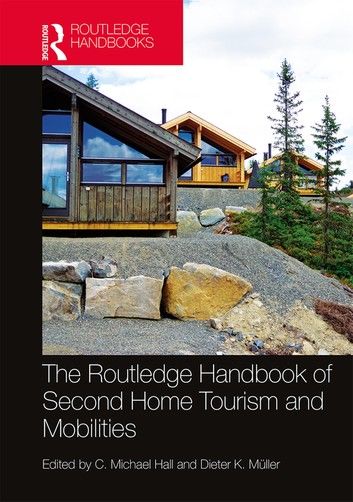Second homes have become an increasingly important component of both tourism and housing studies. They can directly and indirectly contribute a significant number of domestic and international visitors to destinations but, importantly with respect to long-term destination development, may be part of longer-term retirement, lifestyle and amenity migration that can have significant economic and social effects on communities. Second homes are therefore deeply embedded in notions and understandings of circulation, home, mobilities and multiple-dwelling as well as their wider impacts, planning and governance.
This volume serves to provide a state of the art overview of different disciplinary and methodological approaches to second homes while simultaneously providing a broad geographical reach. The book therefore provides a contemporary account of the major issues in an area of increasing international interest.
This timely handbook covers a wide range of dimensions – from planning to the role of second homes in development and the management of their impact. The international and cross-disciplinary nature of the contributions of the book is expected to be of interest to numerous academic fields in the social and sciences, as well as urban and regional planners.










